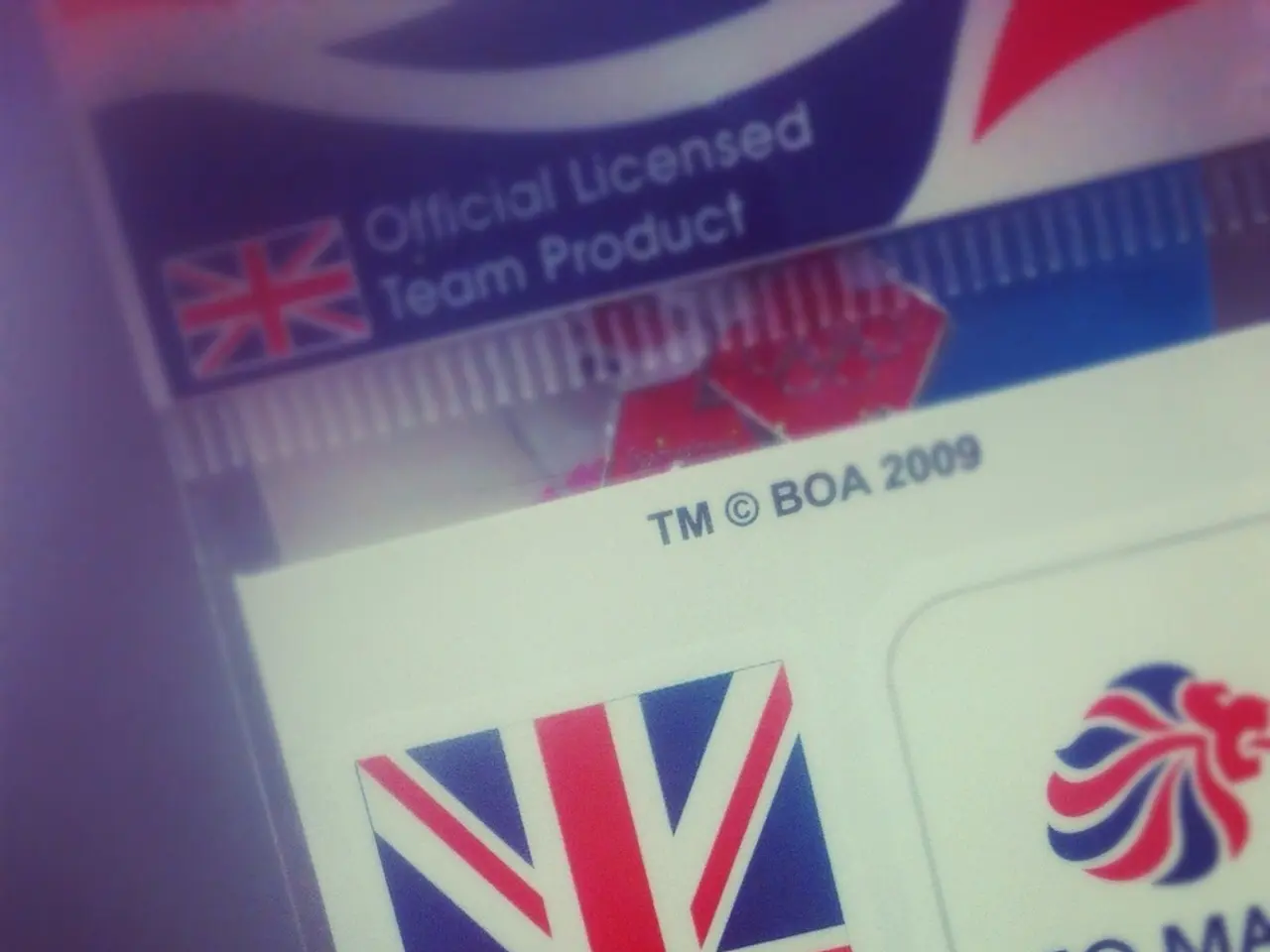Guide to Qualified Digital Preservation: Insights into the Emerging Practice of Qualified Electronic Archiving
**Qualified e-Archiving: A Game-Changer for Europe's Digital Preservation**
The digital landscape is evolving, and one of the key players in this transformation is Qualified e-Archiving. This innovative approach to digital preservation is set to make a significant impact on the preservation services market across the European Union, improving interoperability and increasing competition among providers.
Qualified e-Archiving, scheduled for implementation in November 2024, focuses on interoperability between EU member countries, unlike Normative Preservation, which is specific to Italy. The main objective of Qualified e-Archiving is to ensure the secure, authentic, and compliant long-term storage of digital documents, particularly for business and official records.
The key to Qualified e-Archiving lies in its stringent adherence to regulatory and legal frameworks. It guarantees that archived documents are not only preserved but also legally admissible and verifiable over time. This is achieved through secure encryption, validation of qualified digital signatures, and long-term validation of documents to maintain their trustworthiness.
In contrast, Normative Preservation generally refers to broader standardization practices in digital preservation, emphasizing guidelines and recommendations for maintaining data accessibility and usability over the long term without necessarily the same level of legal qualification or certification.
Italy serves as a leading example of implementing qualified e-archiving within its public administration and business sectors. The country's adherence to national regulations governed by AgID (Agenzia per l'Italia Digitale) and technical standards issued by ACN (Autorità per la Cybersicurezza Nazionale) has resulted in certified solutions for the long-term preservation of public documents and business records. These solutions guarantee the legal value and probative force for digitally archived documents, offering advanced security mechanisms tailored to handle sensitive data.
The implementation of Qualified e-Archiving in Europe, introduced by eIDAS 2.0, aims to create a harmonized system across the EU. Service providers under Qualified e-Archiving must meet more stringent technical and security standards. For instance, Italian provider Intesa, with its existing infrastructure and experience, is in a favourable position to integrate Qualified e-Archiving into its offerings, seeing it as a significant challenge but also a great opportunity to strengthen its position in the European trust services market.
In conclusion, Qualified e-Archiving in Europe, as illustrated by Italy’s implementation, serves as a robust, legally compliant method of digital preservation that ensures documents remain authentic and accessible over extended periods. This approach is vital for public trust, legal certainty, and the protection of digital cultural and business heritage in the digital age.
- In the realm of education and self-development, studying about data-and-cloud-computing would provide insights on how Qualified e-Archiving technology contributes to the secure long-term storage of digital documents in business and official records.
- The advancement of finance can be observed in the European Union as service providers gear up to meet the more stringent technical and security standards required by the Qualified e-Archiving system, aiming to create a harmonized and interoperable digital preservation landscape.
- Businesses in Europe are poised to be greatly influenced by technology, particularly Qualified e-Archiving, as its implementation is anticipated to improve competition among providers by ensuring secure, authentic, and compliant long-term storage of digital documents.




